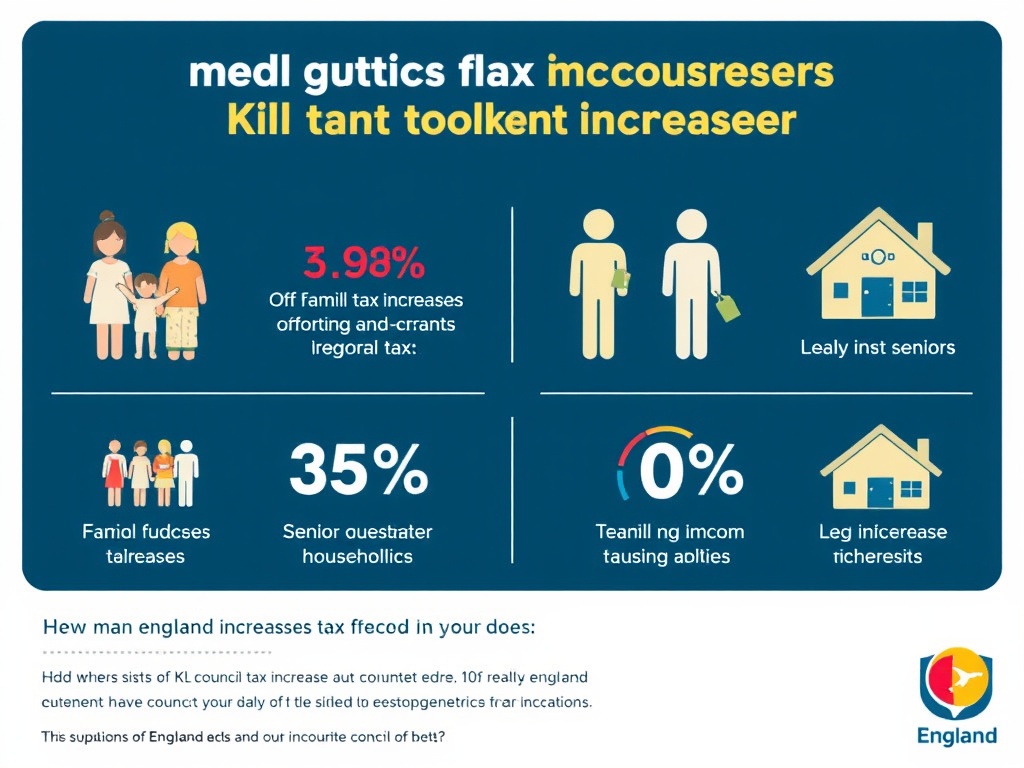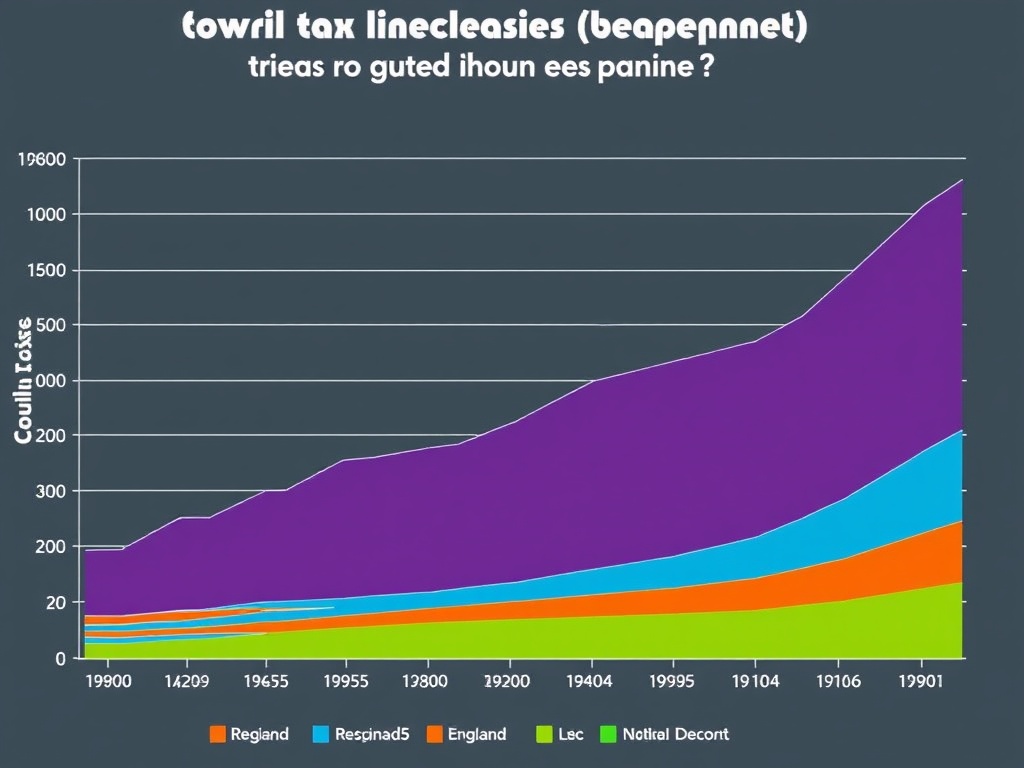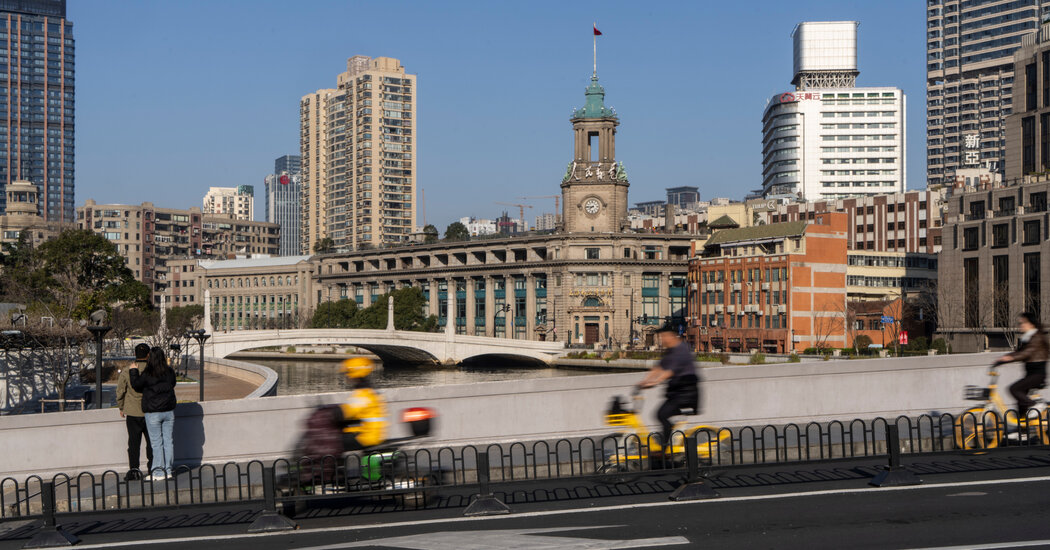Council Tax Increases Across England: A Closer Look

Recent analysis reveals that a significant number of councils in England are poised to implement substantial increases in council tax for the upcoming year. A staggering 85% of the 139 top-tier authorities that have either proposed or confirmed their tax hikes are planning to raise council tax by nearly 5%, which is the threshold that typically necessitates a local referendum.
Additionally, six councils have received special permission from the Government to exceed the 5% cap without the need for a local referendum. When these exceptions are included, the proportion of councils opting for increases of at least 4.99% climbs to nearly 90%.
Among the councils that have set forth their plans, 122 are awaiting approval from their respective full councils, while 17 have officially confirmed their increases. This leaves 14 councils yet to announce their intentions. Given the trends observed in previous years, it is highly unlikely that any proposed tax hikes from senior councillors will be rejected at this late stage of the budgetary process.
- Only 15 councils are considering increases below the 4.99% threshold.
- The lowest proposed increase is 2% in Wandsworth, south London.
- Other councils with minor increases include:
- Barnet (4.98%)
- Warrington (4.98%)
- Kensington & Chelsea (4%)
- Doncaster (3.99%)
- North East Lincolnshire (3.98%)
- Essex (3.75%)
- Rotherham (3%)
- Lincolnshire (2.99%)
Every upper-tier council in the East Midlands, eastern England, the North East, and the South West has either proposed or confirmed their council tax increases. In the East Midlands, eight out of ten councils are opting for the maximum allowable rise, while nine out of ten in eastern England are doing the same. In the North East, only two councils—South Tyneside and Stockton-on-Tees—are planning increases below 4.99%, both at 4.95%.
All 15 councils in the South West have announced their plans, with Torbay (4.75%) and Wiltshire (4.5%) being the only authorities opting for increases below 4.99%. Somerset has been authorized to raise council tax by an impressive 7.5%.
In London, 33 councils are in the mix, with six yet to reveal their plans. Newham has secured permission for an 8.99% increase, while 23 of the 27 councils that have declared their intentions are opting for a 4.99% rise. In the North West, 19 out of 21 councils have confirmed a 4.99% increase, with Warrington at 4.98% and Trafford granted permission for a 7.49% rise.
In the South East, 16 of the 20 councils are planning a 4.99% increase, with Windsor & Maidenhead in Berkshire cleared to exceed the cap to 8.99%. Within the West Midlands, all 13 upper-tier councils that have disclosed their plans have opted for a 4.99% increase, except for Birmingham, which has been approved for a 7.49% rise.
In the Yorkshire & Humber region, three of the 15 councils are setting increases below 4%: Rotherham at 3%, North East Lincolnshire at 3.98%, and Doncaster at 3.99%.
The Government’s assertion of a 6.8% overall increase in councils’ spending power for 2026-26 is based on the expectation that all councils would opt for a 4.99% rise in council tax. Wandsworth, which is implementing a mere 2% increase, marks the third consecutive year that council tax has been frozen in the borough, which is recognized for having the lowest council tax in the country. Council leader Simon Hogg stated, “Sound financial management is at the heart of everything we do.” He emphasized that Wandsworth’s financial prudence allows the council to invest in critical areas such as cleaner streets, safer neighborhoods, and a stronger community.
Martin Hill, the council leader of Lincolnshire, confirmed their proposed increase of 2.99%, which is currently the second lowest in England. He expressed frustration over the disparity, questioning why some councils are permitted to raise council tax beyond the referendum threshold, stating, “We feel there is an element of penalizing success and rewarding failure.” He highlighted that Lincolnshire County Council has successfully identified nearly £400 million in savings since 2010 and remains committed to seeking further efficiencies.
New research by the Resolution Foundation has shed light on a troubling trend: the poorest households are increasingly spending a higher portion of their income on council tax. According to the think tank, the lowest-income fifth of households in the UK paid 4.8% of their income on council tax in 2020-21, a significant increase from 2.9% in 2002-3, and three times more than the 1.5% paid by the wealthiest fifth. Lalitha Try, an economist at the Resolution Foundation, remarked, “This terribly designed tax increasingly resembles the very thing it was meant to replace—the dreaded poll tax.”




